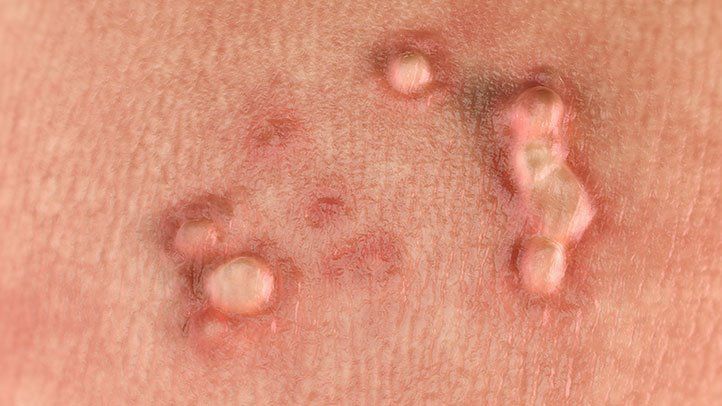Treatments
Anal Warts
Anal warts, also known as condyloma acuminata, are small, fleshy growths that develop on or around the anus. They are caused by the human papillomavirus (HPV), a sexually transmitted infection. Anal warts can be itchy, painful, and cause discomfort or bleeding during bowel movements. They can also be unsightly and embarrassing for some people.
They are typically diagnosed by a healthcare provider during a physical exam, but may also be detected through a visual inspection, or by using an anoscope (a tube with a light inside), to look inside the anus.
Treatment options for anal warts include topical medications, such as creams and gels, to destroy the warts, or surgical removal of the warts. In some cases, your doctor may also recommend a combination of treatments.
It's important to note that even after treatment, HPV can remain in the body, so it is possible for anal warts to recur. Therefore, it's important for people who have had anal warts to follow up with their doctor for regular check-ups.
Additionally, practicing safe sex, getting vaccinated for HPV and maintaining good hygiene can help prevent the transmission of HPV and reduce the risk of developing anal warts.
RISK FACTORS
The primary risk factor for developing anal warts is infection with the human papillomavirus (HPV). HPV is a sexually transmitted infection that can be spread through vaginal, anal, and oral sex, as well as through skin-to-skin contact of the genitals. Risk factors for HPV infection include:
- Having multiple sexual partners: The more partners you have, the greater your risk of contracting HPV.
- Having unprotected sex: Not using a condom or other barrier method during sexual activity increases the risk of HPV infection.
- Having a weakened immune system: People with weakened immune systems, such as those with HIV or AIDS, are at a higher risk of developing HPV-related conditions.
- Having other sexually transmitted infections (STIs): Having another STI can increase the risk of HPV infection.
- Starting sexual activity at a young age: The younger a person is when they first become sexually active, the greater their risk of contracting HPV.
Other factors that may increase the risk of developing anal warts include having a history of anal warts, having a history of other HPV-related conditions, and having a family history of HPV-related conditions.
It is also worth mentioning that people who are immunocompromised (HIV or transplant patients) are at a higher risk of developing Anal Warts.
PRESENTATION
Anal warts, also known as condyloma acuminata, can present in different ways depending on the size, location, and number of warts. Some common presentations of anal warts include:
- Small, fleshy growths around the anus: Anal warts are typically small, fleshy, and may be shaped like a dome or a stem. They can be pink, red, or brown in color.
- Itching and discomfort: Anal warts can be itchy and uncomfortable, especially during bowel movements.
- Bleeding: Anal warts can cause bleeding, especially if they are located in areas that are prone to rubbing or irritation.
- Pain: Some people may experience pain or discomfort in the anus area.
- No symptoms: Some people with anal warts may not have any symptoms at all. They may be discovered during a routine exam or screening.
It's important to note that some people with anal warts may not have any symptoms, so it's important to get regular check-ups and screenings, especially if you have risk factors for HPV infection.
Anal warts can be diagnosed by a healthcare provider during a physical exam, but may also be detected through a visual inspection, or by using an anoscope (a tube with a light inside), to look inside the anus.
